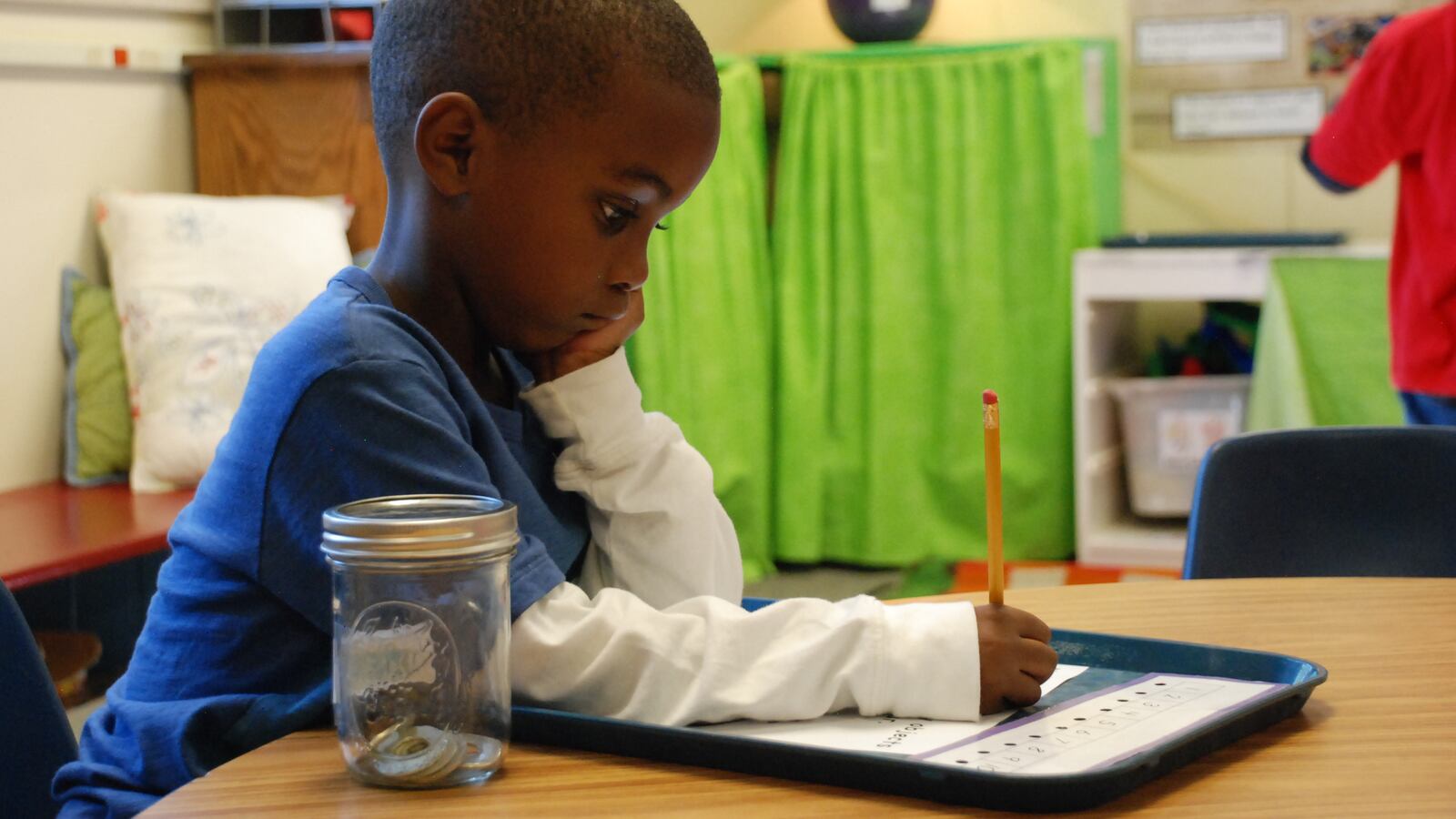A half-dozen Aurora public schools that operate under arrangements that give them more freedom to innovate are facing a total of $2 million in budget cuts next school year and an uncertain future as district officials reconsider how they are funded.
District officials say they are making the cuts after discovering the six schools combined were mistakenly receiving about $3.5 million extra this year.
To prevent major disruptions to the schools’ programs, district officials say they are pulling the money back over the next two years, starting with the $2 million this fall.
Now the district is planning to convene a task force that will explore whether the schools should be funded any differently from other district schools.
John Youngquist, chief academic officer for Aurora Public Schools, said there’s “no question that all the resources allocated were used appropriately.” But, he said, the district wants to make sure the way the schools get their money is clear and predictable.
The task force the Aurora district plans to convene later this year will study the schools and their budgets and might submit recommendations for a new funding process in spring 2018.
“We don’t want to create an inequity,” said Amy Nichols, president of the Aurora teacher’s union. “That’s not fair to everybody else. But is it right and reasonable to look at them a little bit differently?”
Nichols suggested that perhaps the schools don’t need to get more money to start with, but should be allowed different flexibility with the money they are given.
District officials did not provide clear answers about how the six schools had their budgets allocated in the past and how it differed from other schools.
The district offices that handle budget issues has seen turnover. Aurora’s chief financial officer, Brett Johnson, has been on the job less than two months. Another budget position remains open. It’s clear the problem exists, however, when the allocations are broken down to a per student amount, Johnson said.
According to numbers provided by the district, the schools had about $819 per student more than other schools.
“I don’t know exactly how we got there,” Johnson said. “If you apply the same funding mechanism it’s clearly not at the same level.”
The six schools are unique because of the autonomy their principals have.
Three of them, labeled pilot schools, have a level of freedom created by district and teachers union leaders in 2007. That was year before the state created “innovation status,” a way for schools to get waivers from state rules.
Aurora’s pilot schools had to create a governing board, but could have more say in who they hired, how they scheduled their day or year and what programs they followed.
The three other schools are district-level innovation schools with almost identical autonomy. But to get that autonomy, the schools didn’t have to follow the strict process for pilot schools that was defined in the manual negotiated by the union and the district.
The pilot schools are small schools by design. Contract language for pilot schools said they couldn’t have more than 600 students.
Two of the six schools have an expeditionary learning model, which relies on projects and field work to help students learn through real-life applications. Another uses a program that teaches students leadership skills. Five of the six schools are high-performing schools. Two are among Aurora’s top 10 schools based on state performance ratings.
But Aurora officials say the contracts that outlined the flexibilities for the schools “do not align” with how the schools were funded. The pilot school manual doesn’t outline a funding process for the schools. However, it states they are “expected to be cost neutral” for the district and “should receive the same funding as other comparable schools.”
Aurora officials denied multiple requests to speak to the principals about how their schools were funded and how they would handle the budget cuts.
Youngquist said the changes required under these budget cuts would be minimal, but could not provide any specifics.
Some of the schools face additional budget cuts because of enrollment declines, but those apply to all district schools that are seeing those drops.
When the path for school-level autonomy was created in the district, the groups set a goal of having eight pilot schools by 2017. But the long process established for becoming a pilot school is not always necessary anymore for small flexibilities such as changing a school calendar. For struggling schools, the district is pushing them to get much more flexibility, especially around hiring and firing teachers, through state-level innovation status.
“I believe the district is much more enamoured with innovation schools than they are with our pilot school language,” Nichols said. “They don’t believe that the state board would approve a turnaround process that involves a pilot school.”
Last year the district created a zone — a group of struggling schools getting state-level innovation status. The district also chose the state-level innovation path for Aurora Central High School, the one school that was facing state sanctions for consistent low-performance, although state data has not shown that school flexibilities necessarily lead to higher performance.
But the group the school district convenes later this year may have to consider if the extra funding helped lead Aurora’s pilot schools to higher performance. Then they will have to consider how to fund the schools at the same level as all other schools, without disrupting the good performance. Principals will participate in the process.
“It’s one of the reasons we are being very thoughtful,” Youngquist said.
List of schools impacted
- Fulton Academy of Excellence
- Lyn Knoll Elementary
- William Smith High School
- Tollgate Elementary
- Vista Peak Exploratory
- Vista Peak Preparatory



